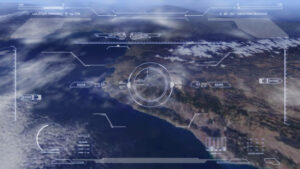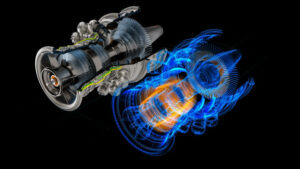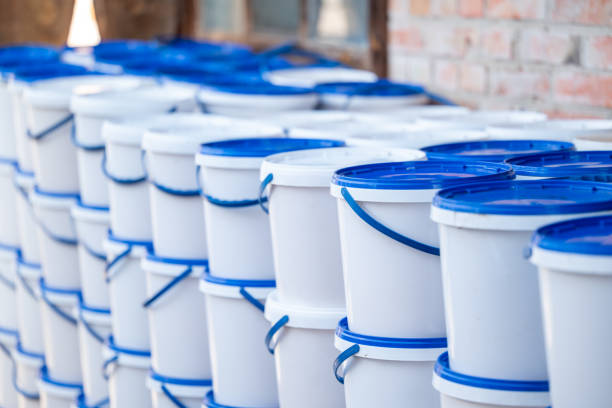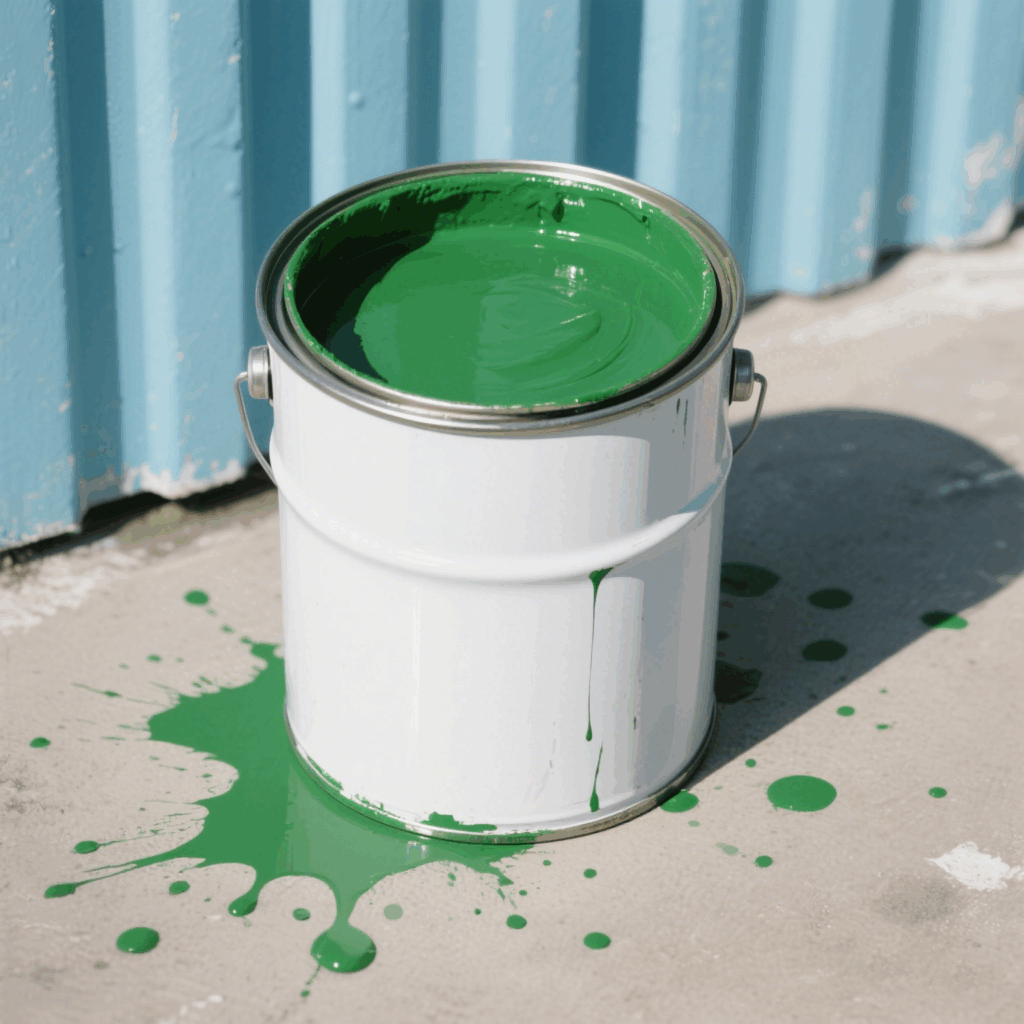Understanding the Battlefield: Why Chaff and Flares Matter
Imagine flying a high-tech fighter jet or maneuvering a military helicopter through hostile airspace. Suddenly, a radar locks onto your aircraft or a heat-seeking missile closes in. What do you do? This is where chaff and flares become your best friends.
These countermeasures are designed to confuse enemy tracking systems—but they work in different ways. Understanding when and how to use them can make the difference between safety and disaster.
What is Chaff?
Chaff is a passive radar countermeasure made of tiny aluminum, plastique, or metallized glass fibers. These particles are released into the air to create a cloud of radar-reflective material, confusing radar-guided missiles and tracking systems.
How Chaff Works:
-
Disperses a cloud of radar-reflective material
-
Mimics the radar signature of an aircraft
-
Confuses radar-guided weapons
-
Remains airborne longer than flares
What is a Flare?
Flare countermeasures are bright-burning pyrotechnics deployed to divert infrared-guided (heat-seeking) missiles. These missiles follow the heat signature of an aircraft’s engines, and flares are hotter, tricking them into missing the real target.
How Flares Work:
-
Burn at temperatures higher than engine exhaust
-
Emit infrared radiation
-
Temporarily confuse heat-seeking missiles
-
Effective against shoulder-launched MANPADS

Key Differences: Balle vs flare
| Fonctionnalité | Chaff | Flare |
|---|---|---|
| Target Threat | Radar-guided missiles | Infrared-guided missiles |
| Composition | Metalized fibers | Pyrotechnic compounds |
| Deployment Style | Dispersed in clouds | Shot in bursts |
| Duration | Longer-lasting cloud | Short-lived burst |
| Environment Impact | Less visible | Very bright and visible |
| Best Used Against | SAMs, radar locks | MANPADS, IR missiles |
When to Use Chaff vs Flare
Use Chaff When:
-
Being tracked by enemy radar
-
Facing semi-active or active radar homing missiles
-
Operating in high-altitude scenarios
Use Flares When:
-
You detect a heat-seeking missile launch
-
Flying at low altitudes where MANPADS are common
-
In combat zones where stealth isn’t a priority
Military Use Cases: Real-World Applications
NATO Forces
Modern NATO aircraft, like the F-35 and Eurofighter Typhoon, carry automated chaff/flare dispensers. Systems like ALE-47 allow pilots to program automatic releases based on threat detection.
Russian Federation
Russian aircraft like the Su-57 et MiG-35 employ integrated countermeasure systems using both chaff and flares for layered defense.
Evolution of Countermeasures: Une brève histoire
-
World War II: Chaff (originally called “Window”) was introduced by British forces to jam German radar.
-
Vietnam War: Flares became essential against portable heat-seeking missiles.
-
Aujourd'hui: AI-driven defense systems can auto-deploy chaff/flares based on real-time sensor input.
Modern Innovations: What’s New in Chaff and Flare Technology
-
Smart Dispensers: Track missile trajectory and adjust deployment.
-
Multi-spectral Flares: Counter missiles tracking both heat and ultraviolet signatures.
-
Miniaturized Systems: For drones and small aircraft.
-
Environment-Safe Chaff: Made with biodegradable materials.
Commercial and Civilian Applications
While primarily military, certain high-risk civil aircraft, especially VIP transports and cargo planes in war zones, are also equipped with flare dispensers and chaff modules.
Common Myths Debunked
Myth 1: Chaff and flares are always effective
Fact: New-generation missiles can sometimes distinguish decoys using AI-driven guidance.
Myth 2: Chaff and flares can be used interchangeably
Fact: They counter completely different threat types—radar vs infrared.
Myth 3: Only jets use chaff/flares
Fact: Helicopters, drones, and even some ground vehicles use them too.
How to Choose?
1. Threat Type
Are you facing radar or heat-guided missiles?
2. Aircraft Type
Does your aircraft have integrated ECM systems?
3. Operating Environment
Altitude, terrain, and visibility can influence effectiveness.
4. Mission Goals
Is stealth a priority? Flares can give away your position.
Best Practices for Deployment
-
Timing is everything – Wait until the missile is locked or about to impact.
-
Use in bursts – Avoid dumping all countermeasures at once.
-
Program your system – Customize flare/chaff patterns to match threats.
Training and Simulation
Modern militaries use simulated environments to teach pilots how to deploy chaff and flares effectively. Flight simulators replicate missile threats, helping build reflexes without real danger.
Environmental and Legal Considerations
While chaff is mostly harmless, its metallic debris can interfere with weather radar and communications. Some countries regulate its use near civilian zones. Flares can cause wildfires, leading to restrictions in forested or dry regions.
FAQs About Chaff vs Flare
1. Can civilians legally own or use chaff/flares?
Non. These are military-grade countermeasures and are tightly regulated.
2. How long does a flare burn?
Typiquement 3-5 seconds at very high temperatures.
3. Can modern missiles defeat flares or chaff?
Some advanced missiles use AI to filter out decoys, but chaff/flares still reduce hit probability significantly.
4. Are there aircraft that only use one or the other?
Oui, smaller drones or mission-specific aircraft might only carry flares or chaff, depending on the threat.
5. Do helicopters use chaff and flares?
Absolument. Systems like DIRCM and MAWS are used extensively on helicopters like the Apache and Black Hawk.
6. Can countermeasures be reused or recycled?
Non. Once deployed, they are expended and cannot be recovered.
Conclusion: Chaff vs Flare—Which is Right for You?
In the ongoing chess match of modern warfare, chaff and flares are more than just defensive tools—they’re lifelines. Knowing which to use, when, and how can save lives and aircraft.
Whether you’re a defense professional, enthusiast, or researcher, understanding the dynamics of chaff vs flare gives you insight into the realities of aerial combat and military strategy.
Learn more about advanced missile guidance and countermeasure systems at Defense Technical Information Center (DTIC)























